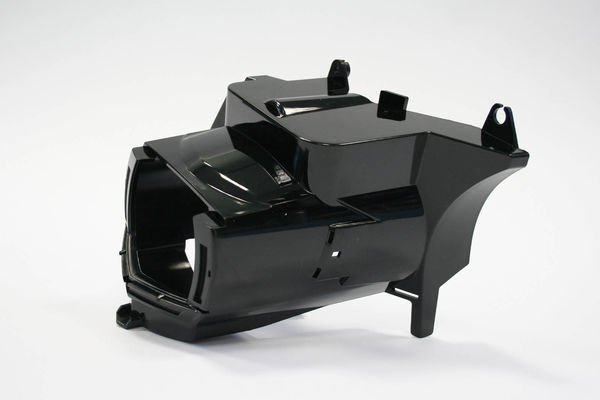Quick Overview of Popular Tooling Methods
Rapid tooling is mostly handled using conventional methods. All the procedures are similar, especially when we need short production cycles for small batches of products or parts. Each task defines the technical requirements for the mold that needs to be created. Most workshops go for a new cast. Others prefer to forge their own molds. Very few workshops outsource this stage, but there are a few companies that choose to do so because they have the right partnerships in place to handle this stage without issues. After the mold is created, it has to be treated with heat to be able to withstand the production cycle planned for it. It also helps to make it durable as well. Most molds need finishing touches such as grounding or sanding to increase their accuracy.
Other features need to be considered. The complexity of the design plays a significant role. The number of parts of the product also needs to be included in the logistics. You need knowledge about the type of materials that will be used. You have to understand as much as you can about the manufacturing machines and the techniques that will be required. We are talking about quite a few months of planning here. The manufacturing procedure on itself is quite fast, but the prep work can take some time, and it can’t be rushed. You need to be able to sit down with your project manager and crunch down the numbers of your project. Most workshops indeed offer amazing deals, but you need to be prepared and do your homework when it comes to your project.
Rapid Tooling – Direct and Indirect Procedures
Two very distinctive manufacturing procedures are used by workshops when it comes to rapid tooling. Both of them have their pros and cons. While your studio of choice will recommend the one that suits your project, the final word is up to you. Keep in mind that most China-based operators are facing a great deal of competition in a very crowded market. They can’t afford to lose your business with misleading advice.
· Direct Procedures
These are the tooling methods that allow you to create a product as it is planned on the CAD model. The molding and castings are done with precision and following a planned set of specifications centered on exact measurements and the use of proper materials. Direct procedures follow the standards of international regulations, and as such, they must comply with specific law protocols as well.
· Indirect Procedures
With this tooling procedure, we can get a little bit more experimental when it comes to the use of materials. There is a lot of room to improvise and play with the numbers of our CAD model. You use different materials for specific parts of the product, and you may create a working prototype using the very materials you are looking to use on the final product. While customizers mostly use this method, there is a big market for these offerings.

rapid tooling products, *picture from arrkeurope.co
The Ongoing Evolution of Rapid Tooling
The ground of rapid tooling is science. Science is helping in the evolution of these manufacturing methods. The innovation has built a booming industry that doesn’t have time for any breaks. Most companies continually pursue a further decrease in delivery time. The most prominent obstacle faced by these workshops is the ongoing efforts and research done to combine more manufacturing techniques in a single device or a single procedure. The possibilities have yet to be explored, but there is an undeniable truth out in the open: the companies keep pouring money in their own development to make things happen.
The Added Benefits of Rapid Tooling in Manufacturing Procedures
Rapid tooling has broken the barrier of little tests and small production tasks by now. The prototypes created with these techniques already prove their functionality. Any entrepreneur can test the waters with their ideas creating samples for evaluation purposes that work and feel like a finished product. There are other benefits of rapid tooling, and we can also list these for you:
- Creating a custom mold for testing and personal applications
- Test your choice of tooling materials to make sure they suit your project
- Create a working prototype with a quick turnaround time
- Launch a product within a window of opportunity based on a market study
- Competitive costs of production
- Quick and efficient tooling
- Little to no troubleshooting
There is a lot more to rapid tooling, but you can make your ideas by now with most of this information. It all comes down to the amount of information you can gather and the final scope of your project.
